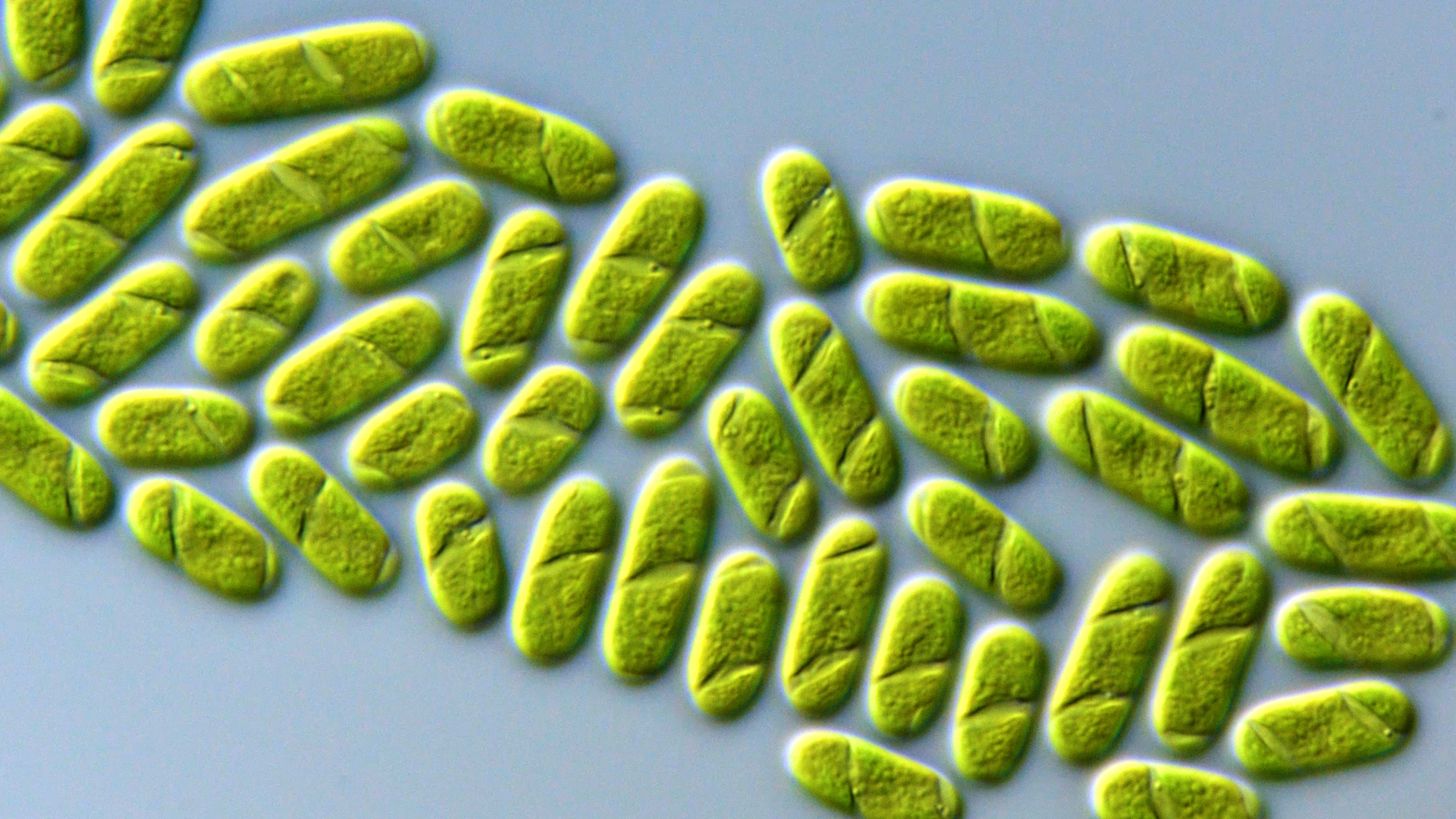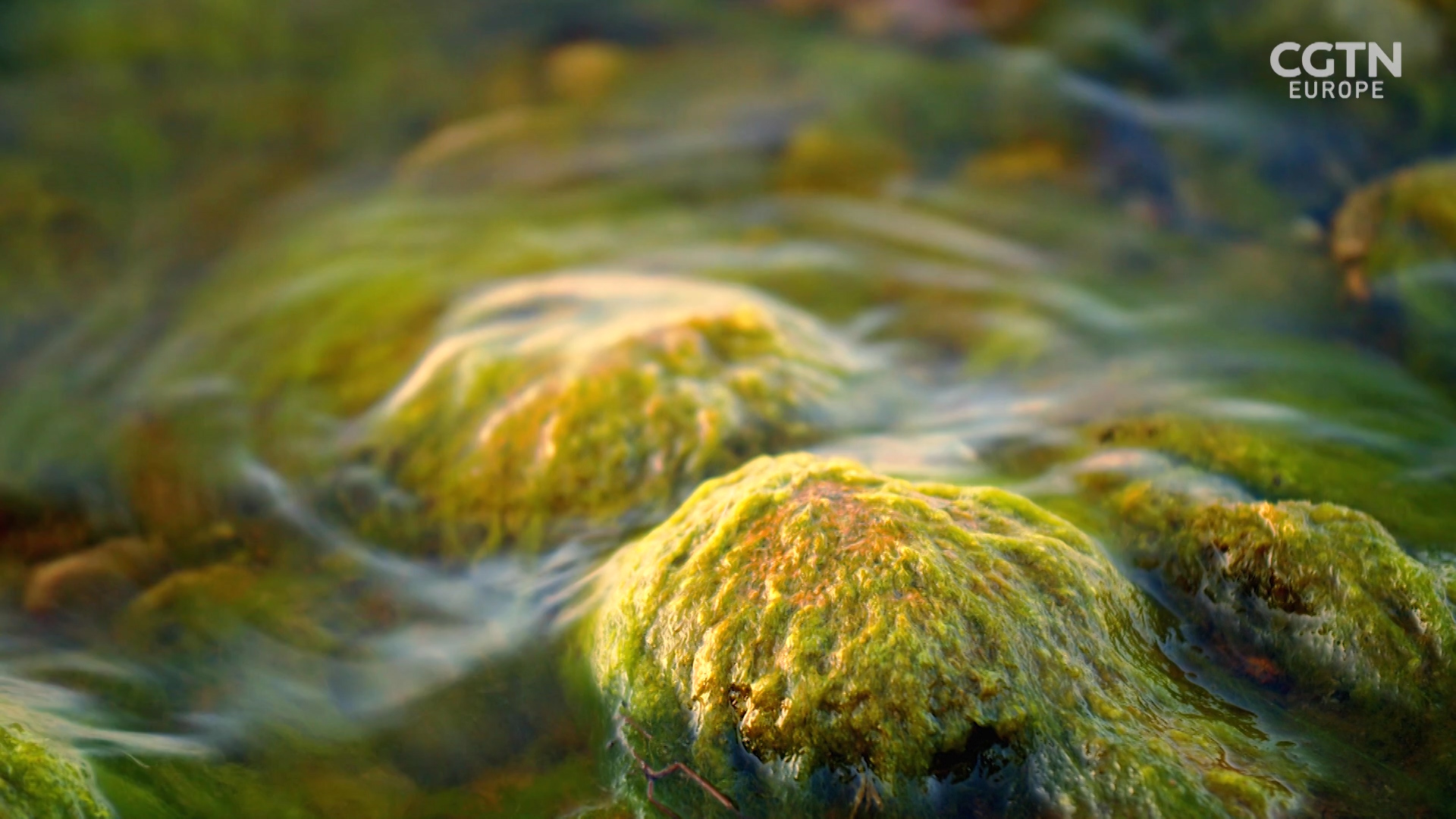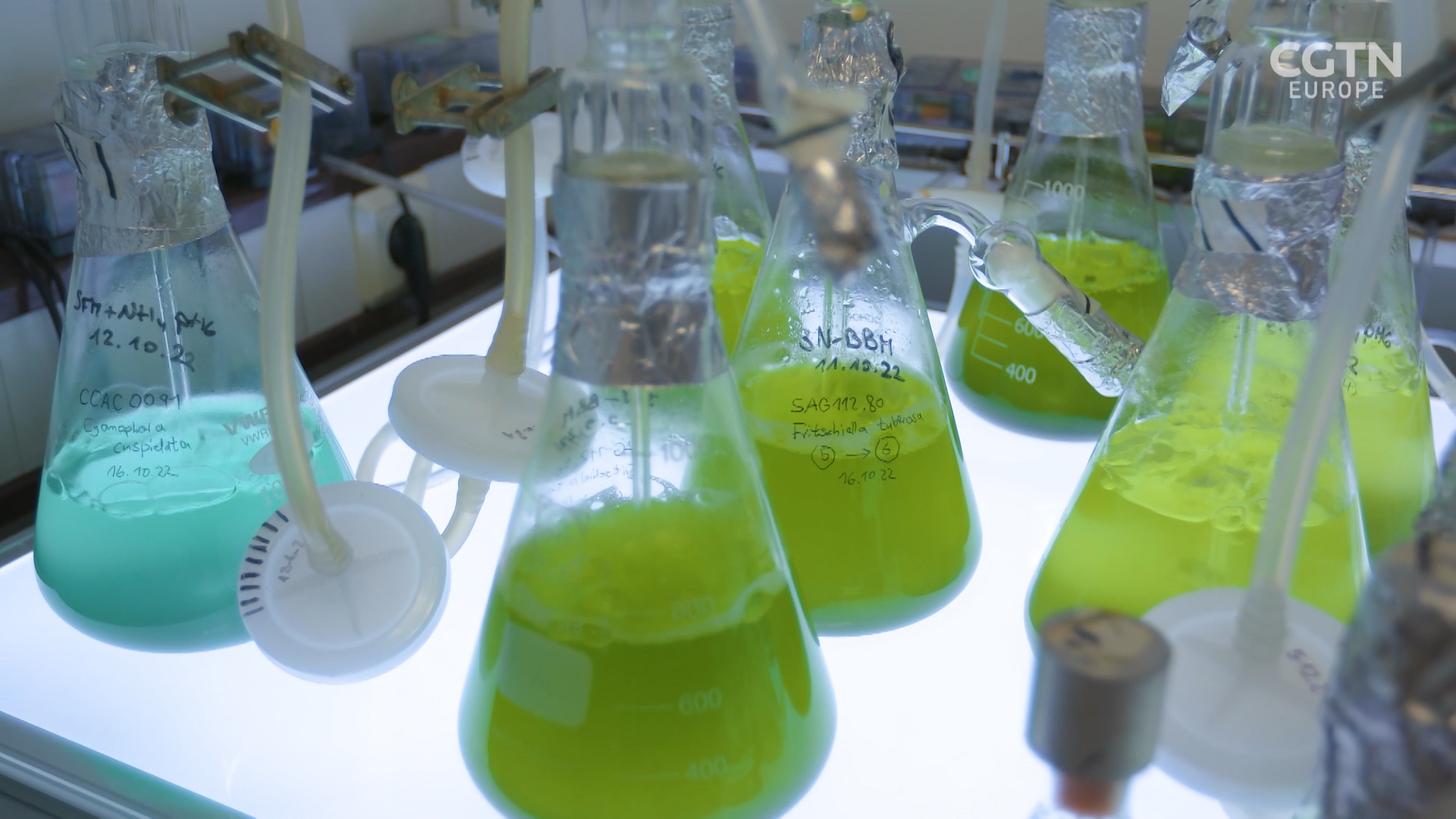30:00

Over a babbling brook in a German forest, Dr Barbara Melkonian carefully scrapes off miniscule samples of algae and gathers them into a vial.
Scattered among the slippery stones and rocky mounds that dot the forest floor are clues to one of evolution's greatest mysteries.
Dr Melkonian and Professor Michael Melkonian are among an international group of scientists who are investigating how plants first moved from water to land, giving shape to the natural world humanity thrives in today.
CGTN's Zhang Nini spoke to the scientists behind those studies, which are part of an international project to sequence the genomes of more than 10,000 plant species, known as the 10KP project.

A waterway in Germany from where scientists collect algal samples. /CGTN
A waterway in Germany from where scientists collect algal samples. /CGTN
Natural genetic engineering
All life on Earth comes from water. The ancestors of today's plants first made the jump from water to land, followed by the precursors of modern animals and humans.
Without such 'terrestrialization,' human life as we know it would not exist.
So how did that first crucial step take place?
Three years ago the scientists published a report explaining how the algae could move to land.
The study said genes from soil bacteria were transferred to algae through a process called horizontal gene transfer. Unlike vertical gene transfer, where DNA is passed on from a parent to a child, horizontal gene transfer takes place between different species.
It's a bit like the genetic engineering of food crops, where genes from one species are incorporated into another to give them new abilities like drought tolerance.
For certain green algae that lived in freshwater environments, the gene transfer - which took place naturally - was transformational.
The bacterial genes helped the algae develop the ability to withstand dryer, terrestrial environments, when their surroundings fell dry.
The scientists made the findings while sequencing two algae, including a newly-discovered species called Spirogloea muscicola.

Algae samples at the Max-Planck institute in Cologne. /CGTN/
Algae samples at the Max-Planck institute in Cologne. /CGTN/
Genetic groundwork
Back in their lab at the Max-Planck institute in Cologne, Michael and Barbra have a huge number of algae they have collected for the 10KP project.
It's exacting work. They need to carefully isolate sanitise the samples to take out any contaminants, sometimes using instruments the width of a hair.
Amid the bright lights of computer monitors and LED panels, beakers bubble with bright green samples that will later be freeze-dried and sent to China for genome sequencing.
The 10,000 Plant Genome Project was actually born in China. It was initiated during the 19th International Botanical Congress, which was held in 2017 in Shenzhen.
Dr Liu Xin, a leading geneticist with the project in Beijing, said the scientists' work can help conservation efforts, by helping researchers understand the organisms' building blocks.
"Many of them are used as herbs. Many have metabolites that people use widely," he said.
Metabolites are substances that are made or used when an organism breaks down food, chemicals or its own tissue.
"Once you understand how they're made, you can synthesise the metabolites instead of using the plants. This is another way to preserve the species," said Dr Xin.
